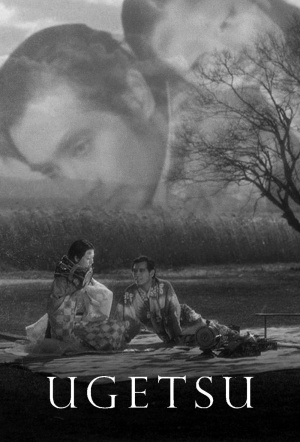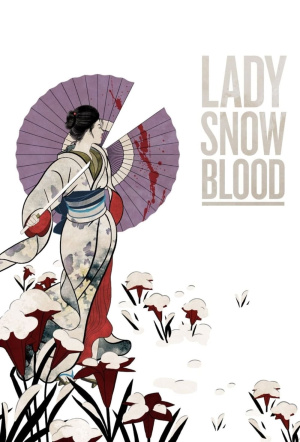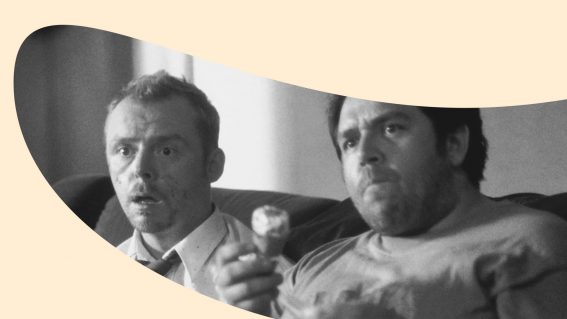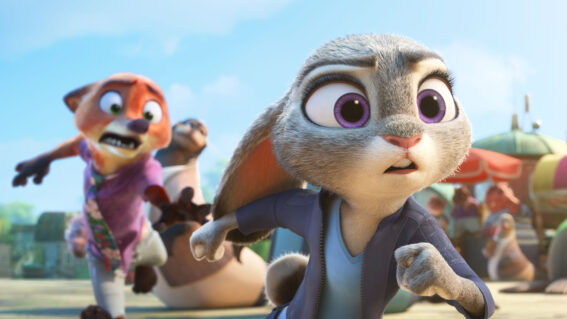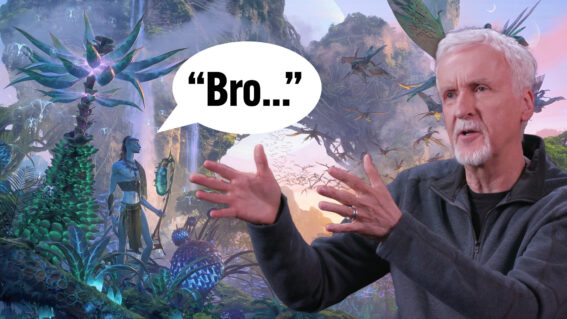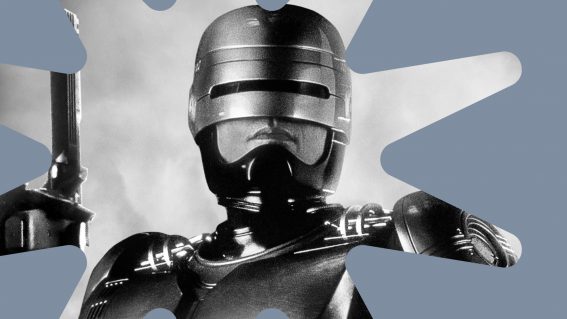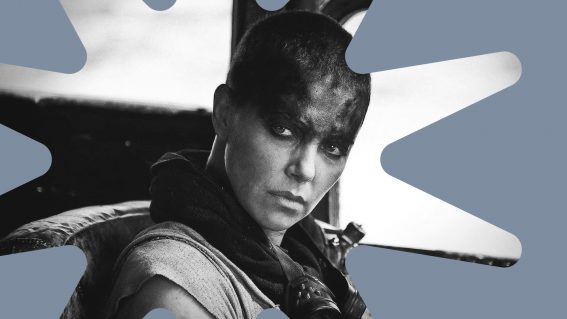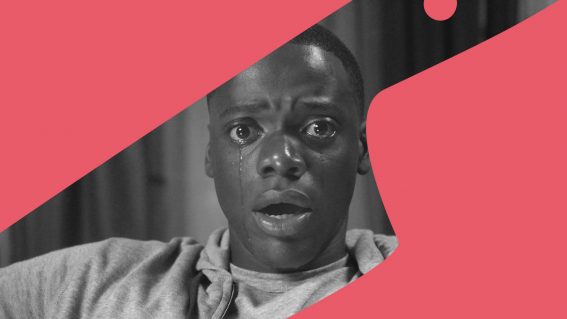Ghost of Yōtei and the beautiful death of the one-way adaptation
More than a love letter, this PS5 release understands the tone, rhythm and visual storytelling of samurai cinema better than many films.
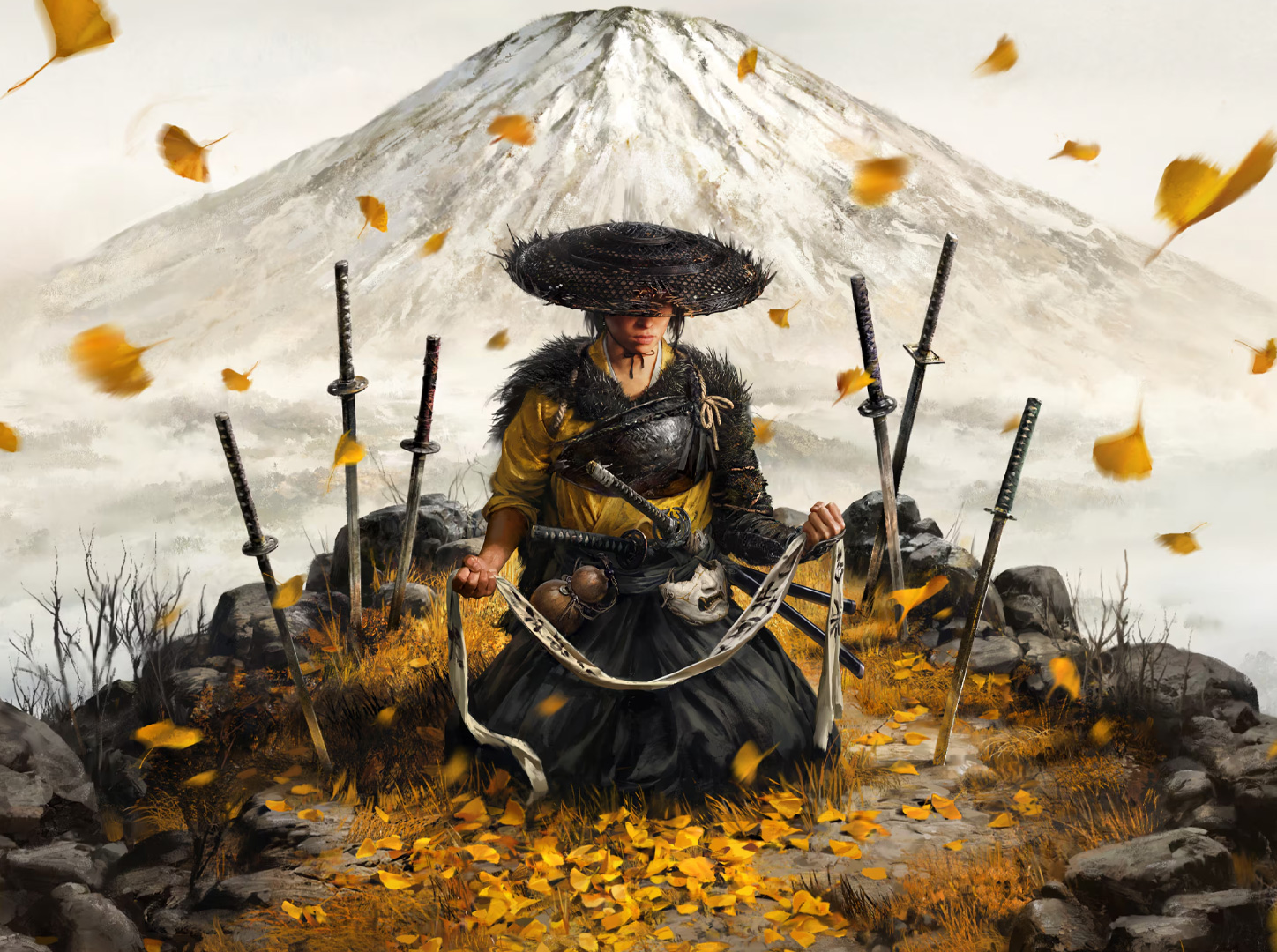
One of 2025’s most cinematic stories skipped cinemas altogether, sneaking straight into millions of homes around the world. Ghost of Yōtei is a revenge tale set against a stunning vision of early 17th-century Hokkaido, where snow-dusted grasslands and the looming titular mountain feel as alive as its people. What begins as a simple vendetta soon deepens into something far richer: a journey through the bloody politics of warring clans and the indigenous Ainu caught between them, evolving into an emotional reckoning with honour, survival and the cost of vengeance.
This PlayStation 5 release understands tone, rhythm and visual storytelling better than many films, and is an impressively astute love letter to samurai cinema. In an era when The Last of Us and Arcane have proven that game adaptations can rival the very best prestige television, Yōtei is the latest and most refined example of a game feeling like great cinema.
“I’ve had the privilege of working on a few big Sony titles and one phrase that’s always stuck with me is: ‘Simple stories, complex characters’. A simple story welcomes the player into the adventure, so they can get moving without barriers. But the complexities of relatable, human characters is what makes the experience live in your heart and mind after the credits have rolled,” says Rob Davis, the game’s Campaign Director.
“Atsu’s goal of defeating the Yōtei six is such a simple premise, but the journey is far from basic.”
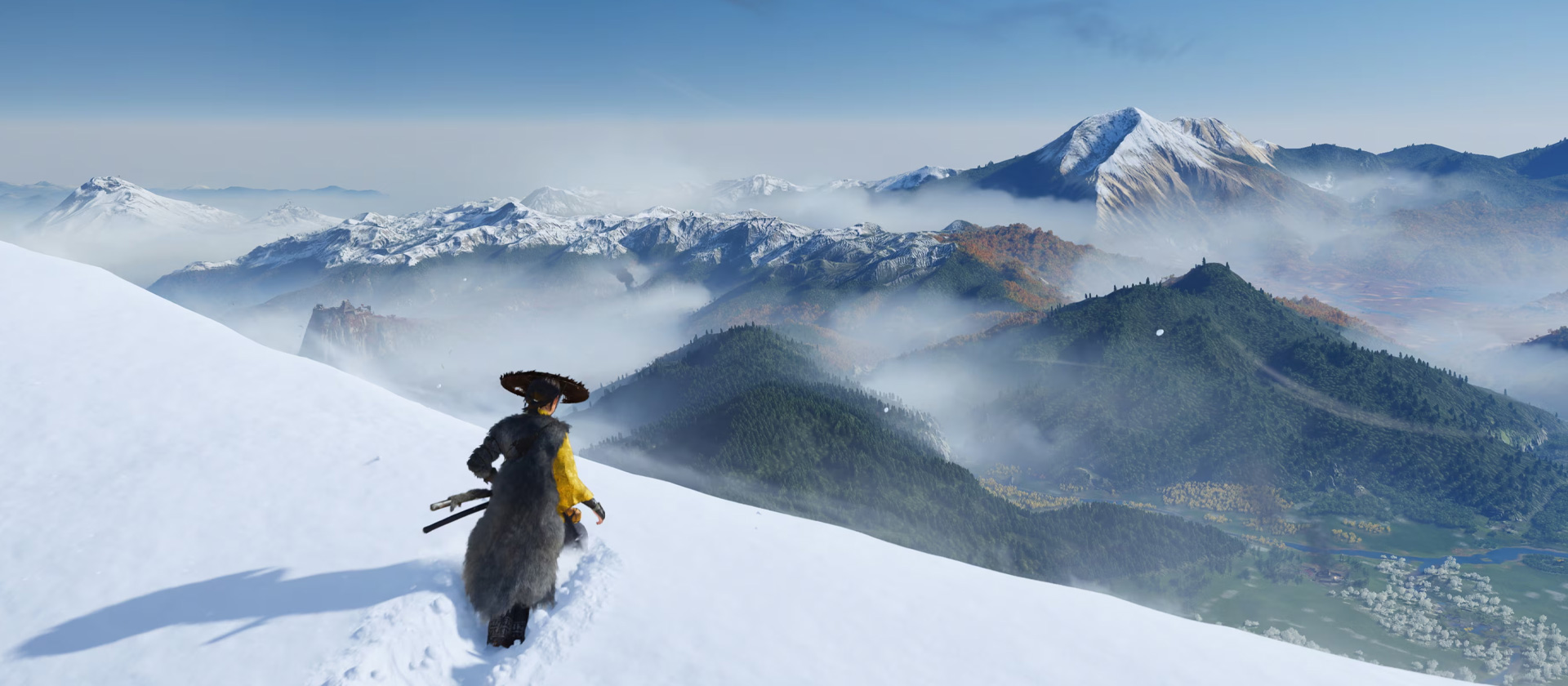
Samurai cinema distills honour, violence and morality down to a brutal purity. Kurosawa and his contemporaries created an iconic visual language where lone warriors navigate corrupt worlds, where the blade is both salvation and damnation. These films balance breathtaking compositions with philosophical weight, using deliberate pacing and explosive action to explore themes like duty versus survival and tradition versus change. It helps that Japan itself is an extraordinarily expressive canvas, its seasons inherently visually poetic. Yōtei understands this, adapting the country’s northern frontier into a living painting with autumn golds of ginkgo groves, the blue-white glare of snowfields and mist curling through maple and cedar.
Davis didn’t work on the previous game, Ghost of Tsushima, and the first thing he did when joining developer Sucker Punch was watch a samurai movie every day for a year. “The pacing of classic Japanese cinema is extremely different from how modern films are created. In Ugetsu, there’s this stillness of a boat cresting across an inky black stretch of water, as fog crawls around,” he says. “It reminded me how powerful quiet moments can be. This game has fabulous action set pieces, thrilling combat and boss battles, but the quiet moments in between are what lets you build to those peaks and build a rhythm, almost musically. Those louds are nothing without the quiet. Watching those films gave me confidence to wind back and find the slower pacing in between the action.”
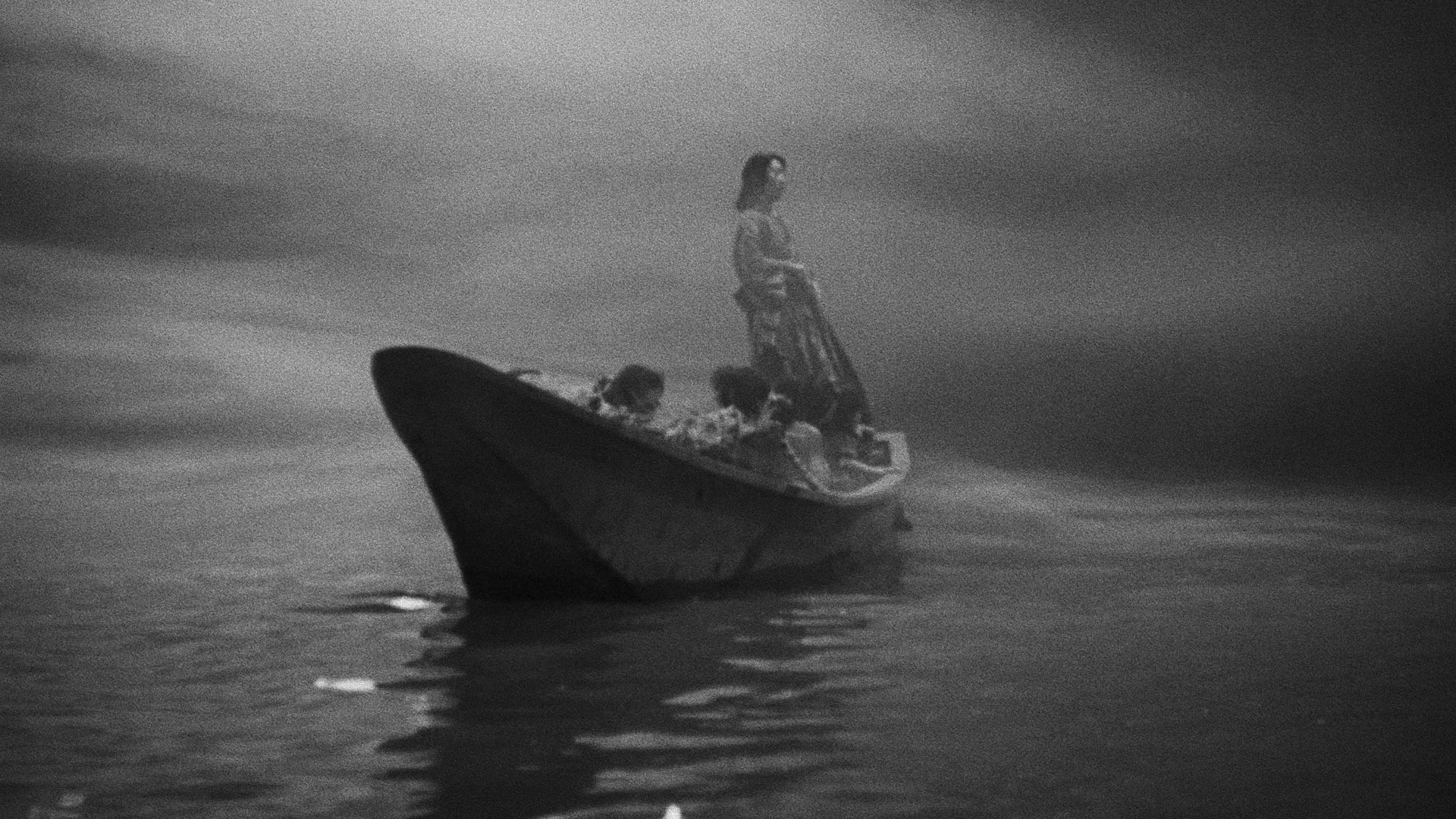
Ugetsu
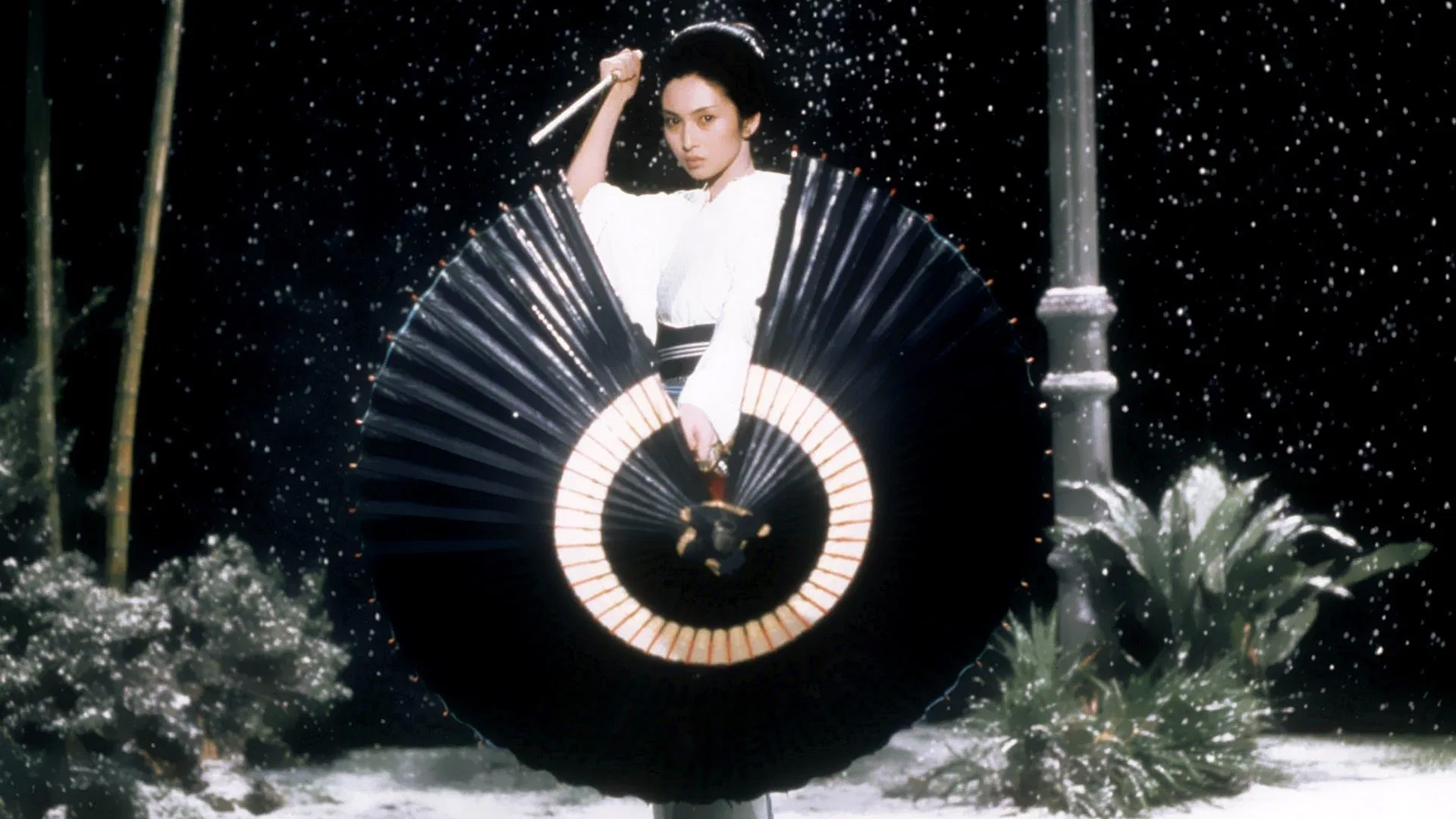
Lady Snowblood
While Tsushima wrestled with honour versus duty in a somewhat cliched fashion, Yōtei goes for something more primal, its classic revenge saga a purer narrative experience closer to Lady Snowblood than Seven Samurai. And as much as it owes to cinema, it also celebrates its own medium. With the DualSense controller, you perform rituals with physical gestures, rather than observe them. The open world lets you wander, stumble and reflect in ways a film, TV show or novel can’t replicate. Duels unfold with precise, filmic choreography, but you control each clash of blades, moment by moment.
It arrives at a fascinating moment for storytelling. For decades, adaptations went one way: clumsy tie-in cash grabs between mediums that failed to understand each other. Now, the craft has finally caught up. Davis explains that early in his career, cutscenes were tacked onto games at the end of production as an afterthought rather than the beating heart of the experience. But somewhere in the early 2010s, motion-capture technology caught up with ambition, and storytelling became woven throughout gameplay rather than interrupting it. “That’s when we started to refine our craft discipline in making missions, levels and sequences that don’t just stop and start the narrative, but involve the narrative throughout the overall gameplay experience. And we’ve done a lot of growing up in the games industry when it comes to storytelling, cinematic language and tone.”
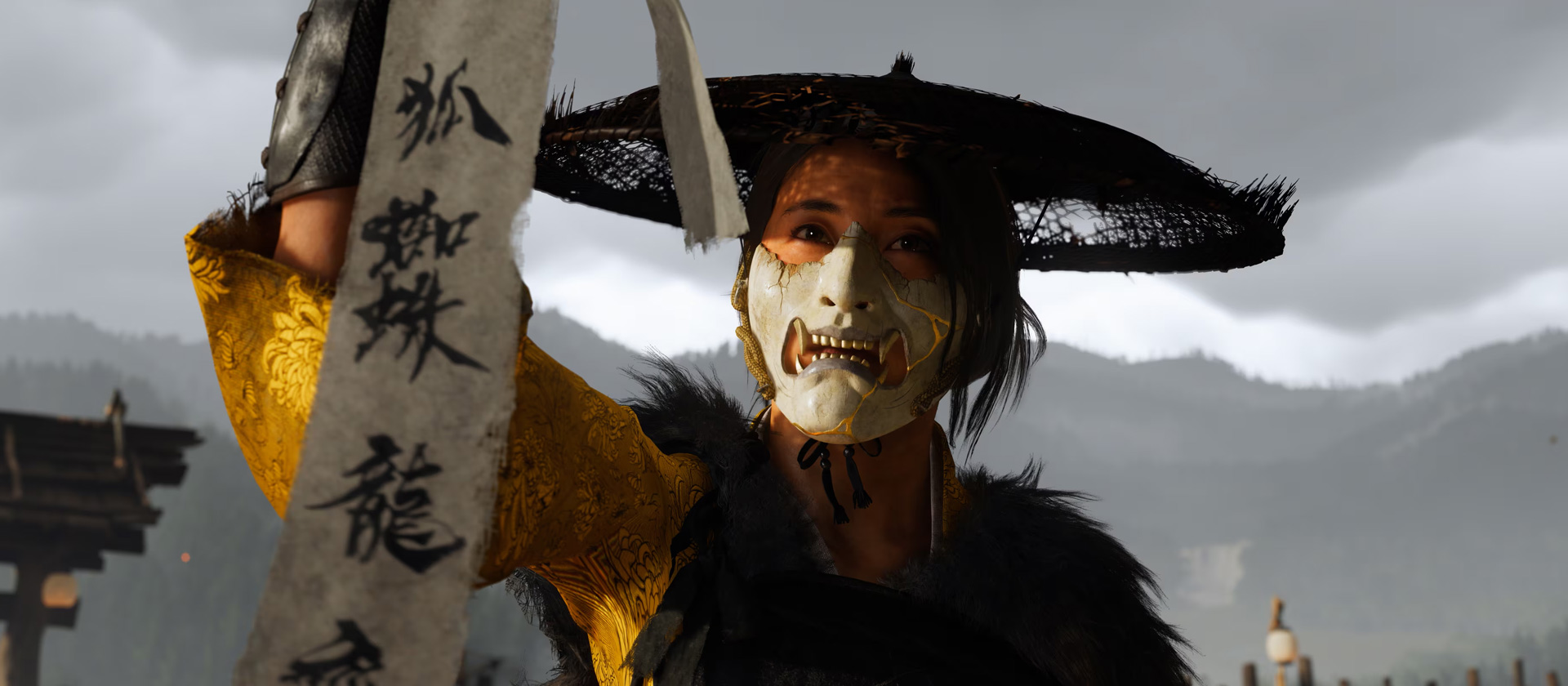
Influence has matured and become multidirectional. The Ghost games draw from the lone wolf of Yojimbo and the moral complexity of samurai cinema, translating that visual language and emotional resonance into an interactive form. Now Crunchyroll is adapting Ghost into a TV series, answering fan demand just as HBO did with The Last of Us, expanding these beloved worlds beyond the controller. “It’s fascinating to see it evolve all the way around,” Davis reflects. “But at the end of the day, what it really speaks to is that the craft of storytelling is taken more seriously and with more expertise than ever before.”
Indeed, this isn’t just about games getting better or cinema adapting more successfully. It’s about storytelling itself transcending medium, finding its most powerful form whether that’s on screen, in your hands, or somewhere beautifully in between. Ghost of Yōtei is a revenge film you live inside, a samurai epic told through motion, sound and touch. Sometimes it’s waiting in the quiet before the blade moves, or in the yellow shimmer of a ginkgo leaf you can almost reach out and touch.





